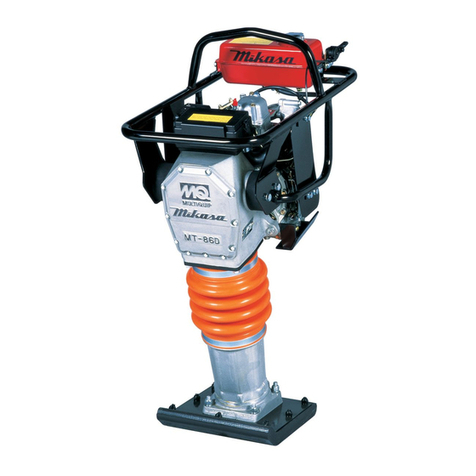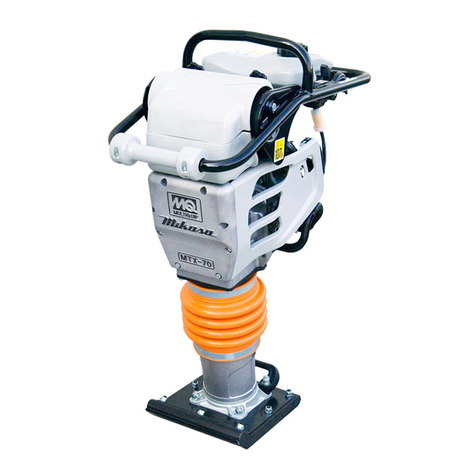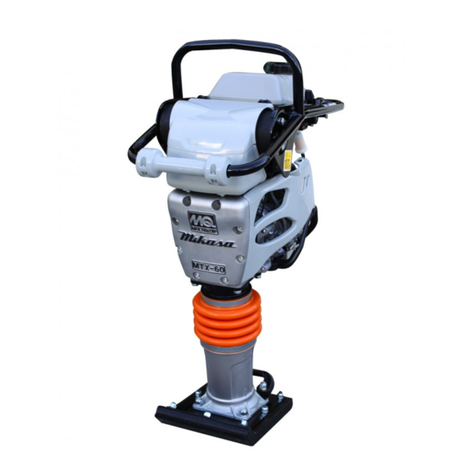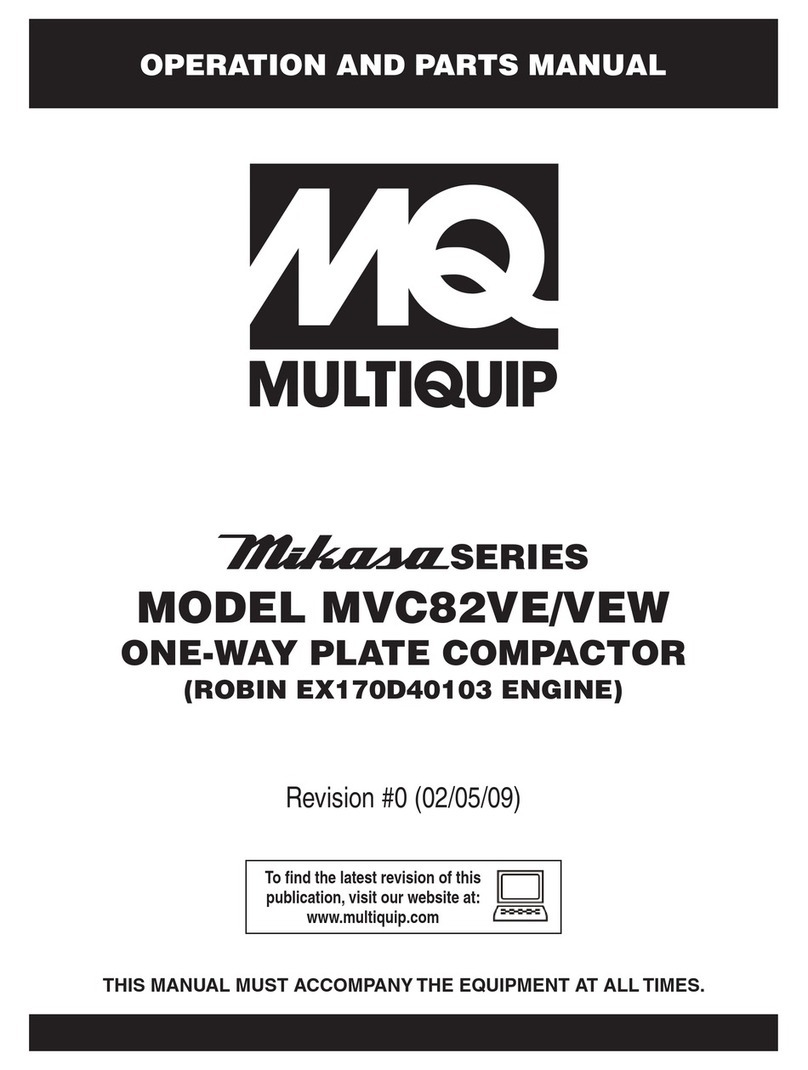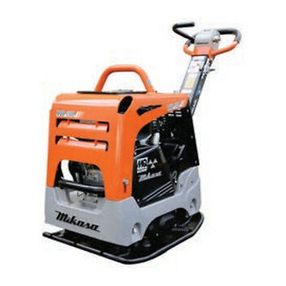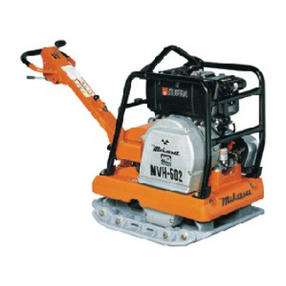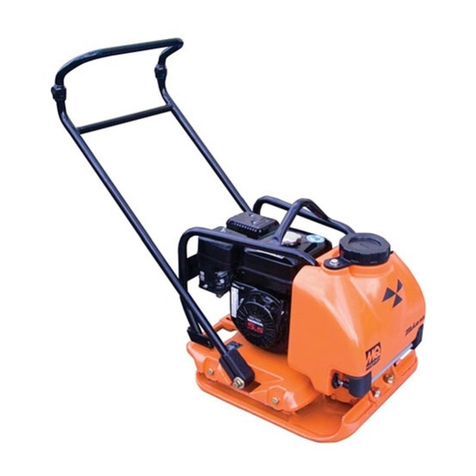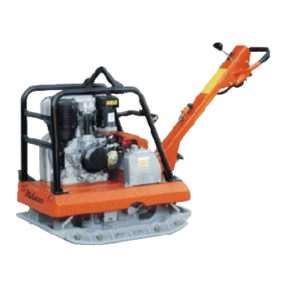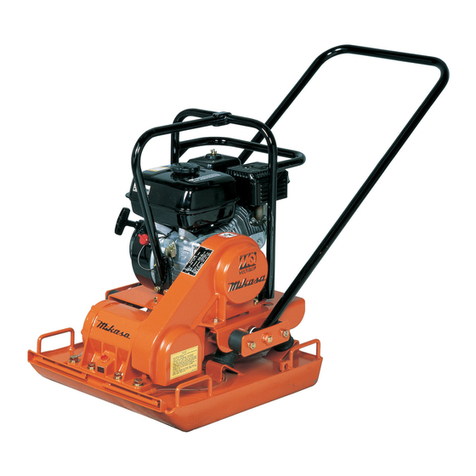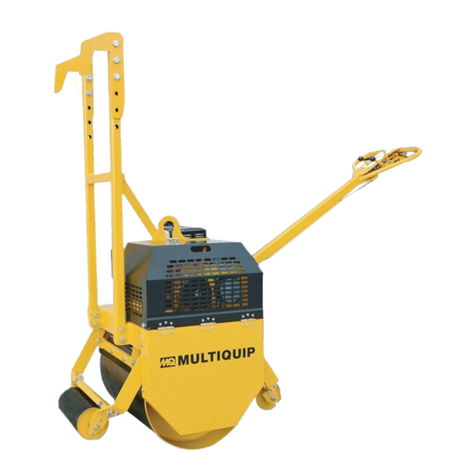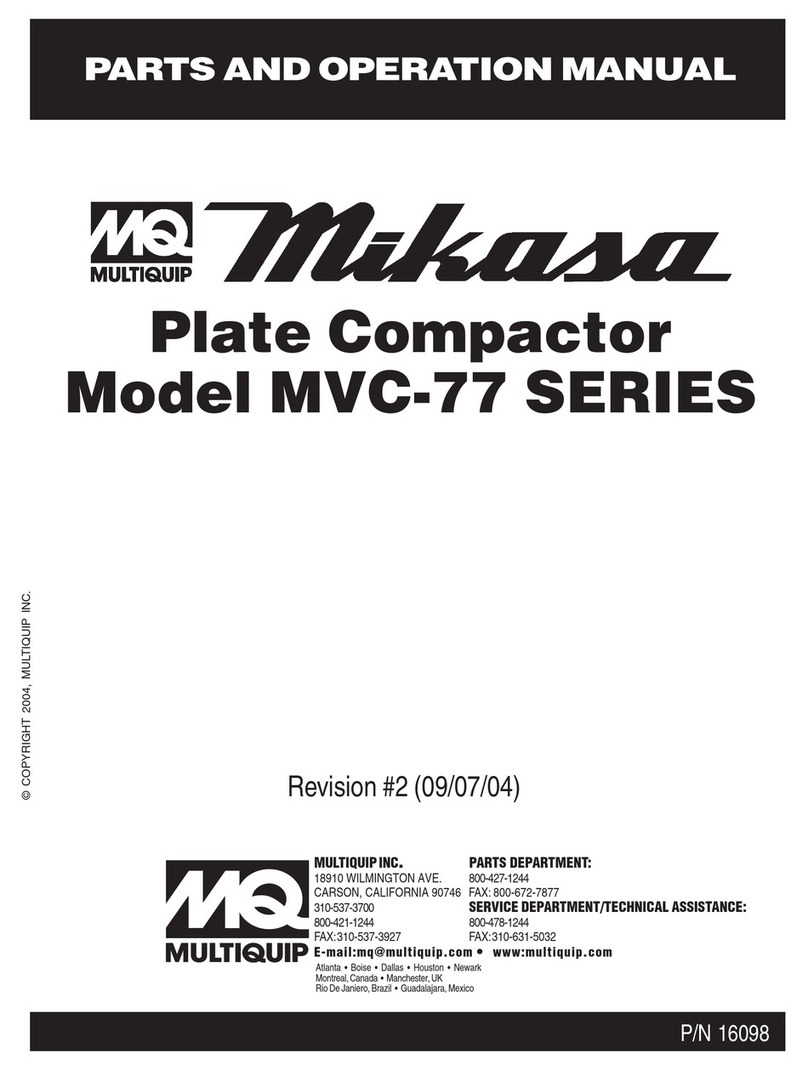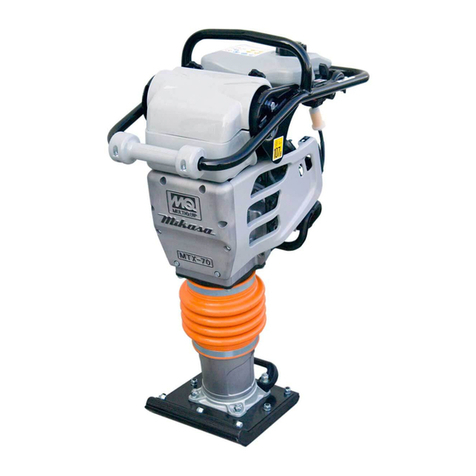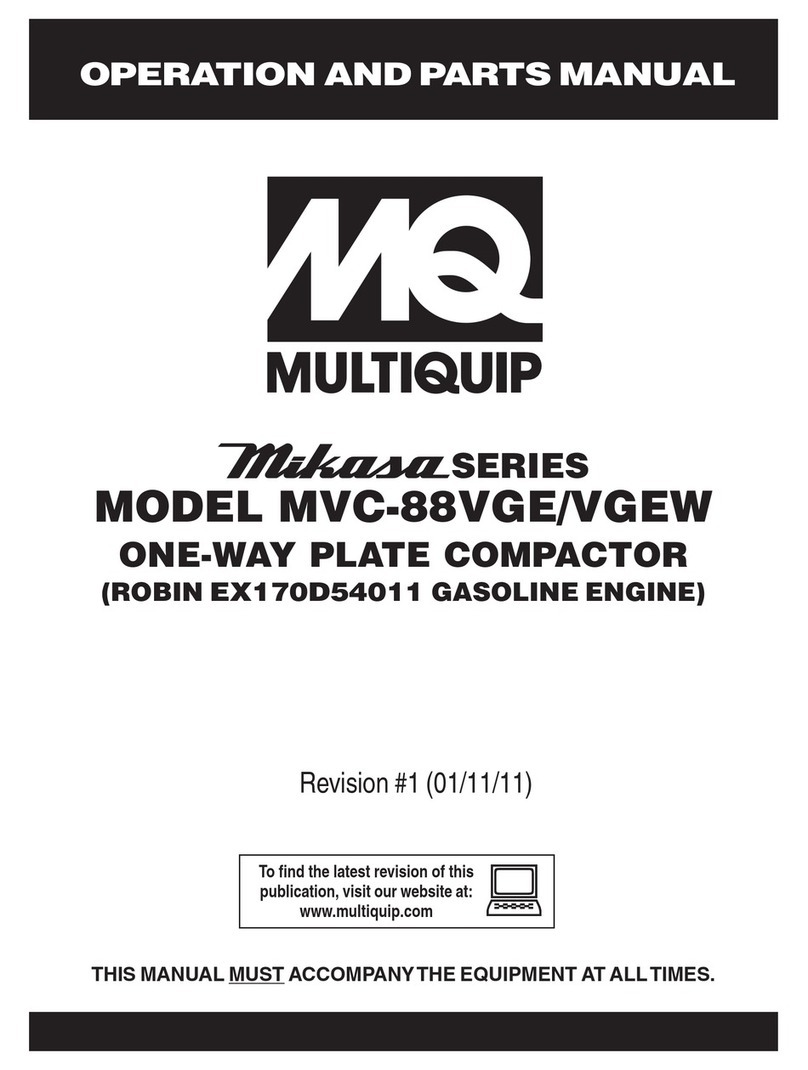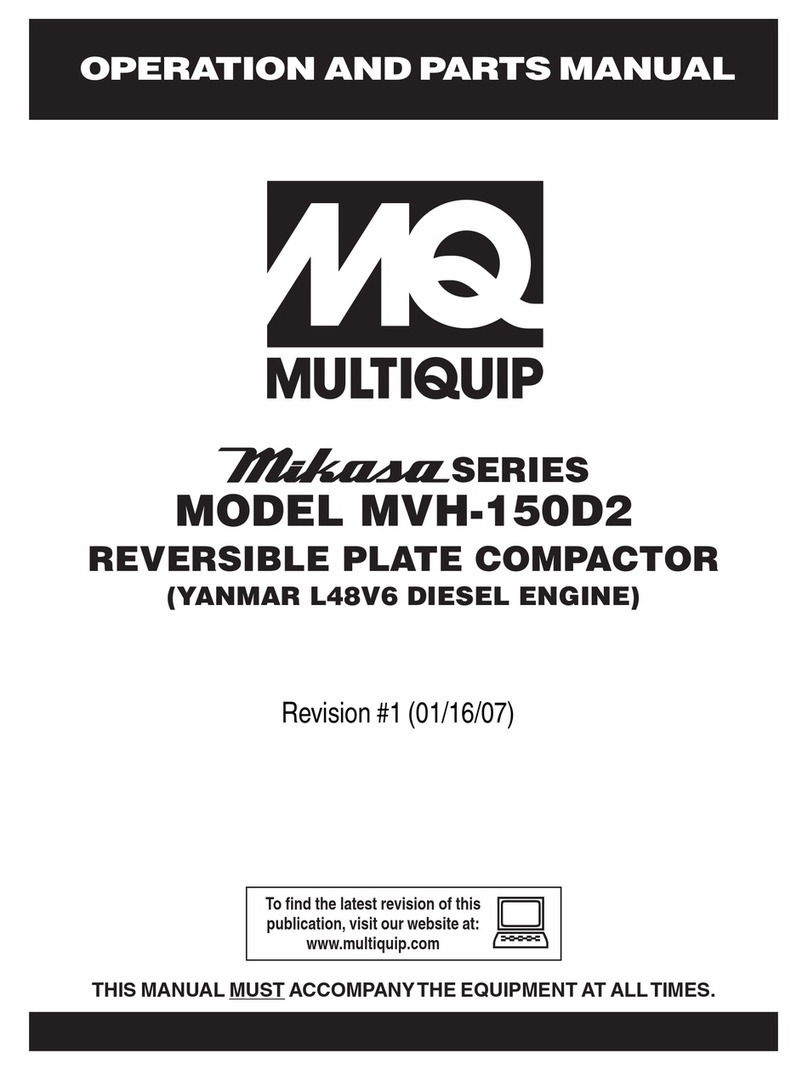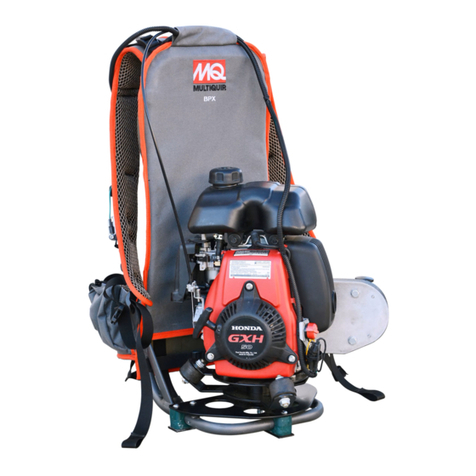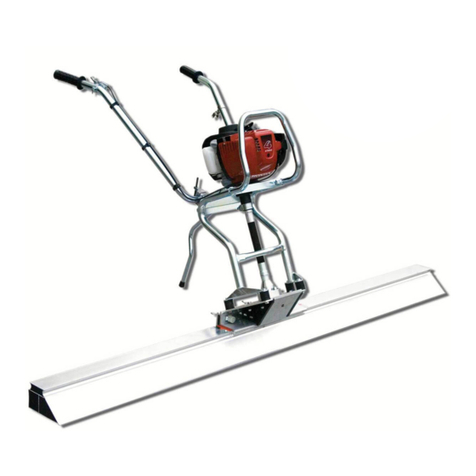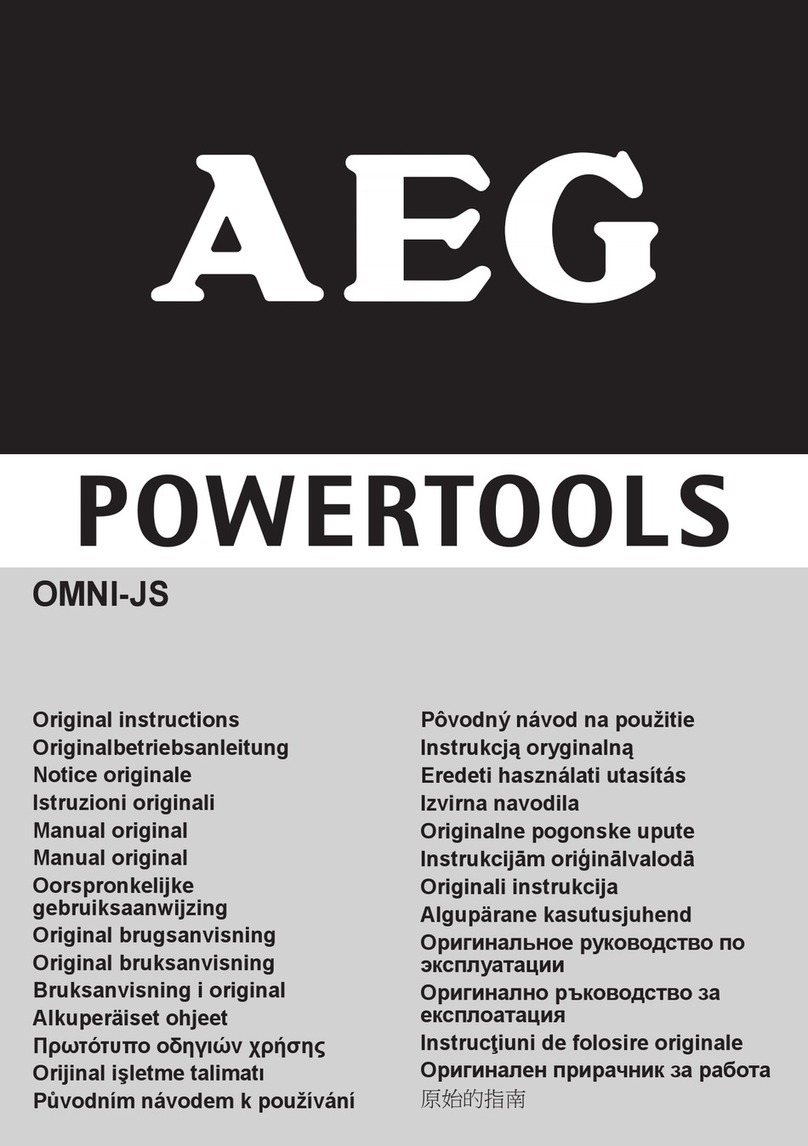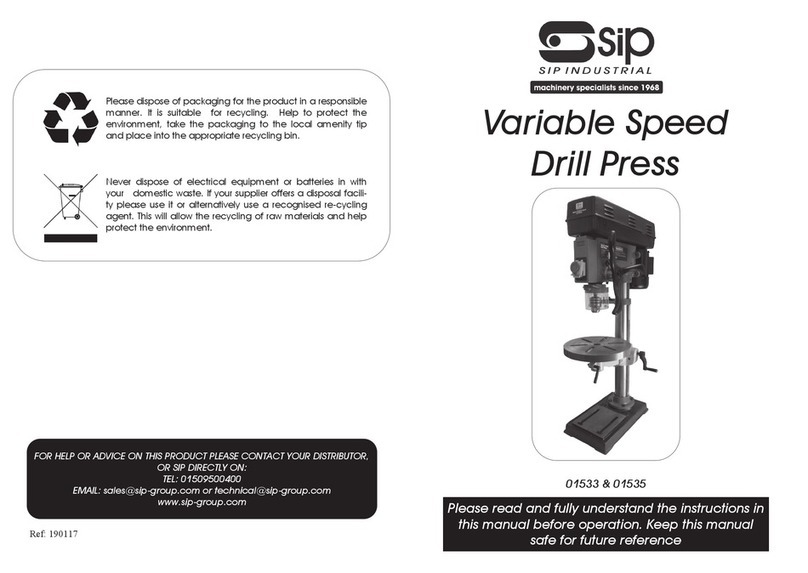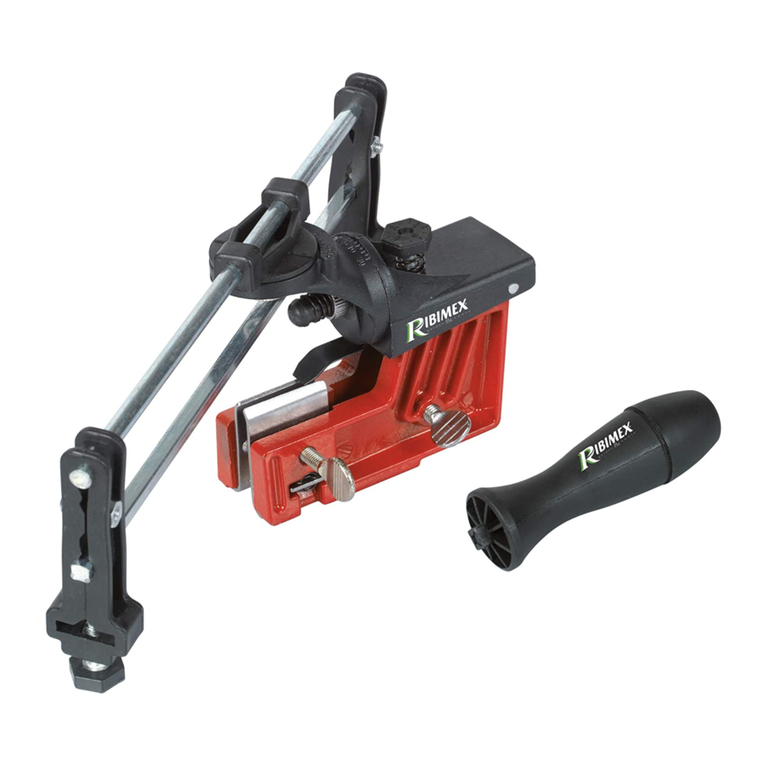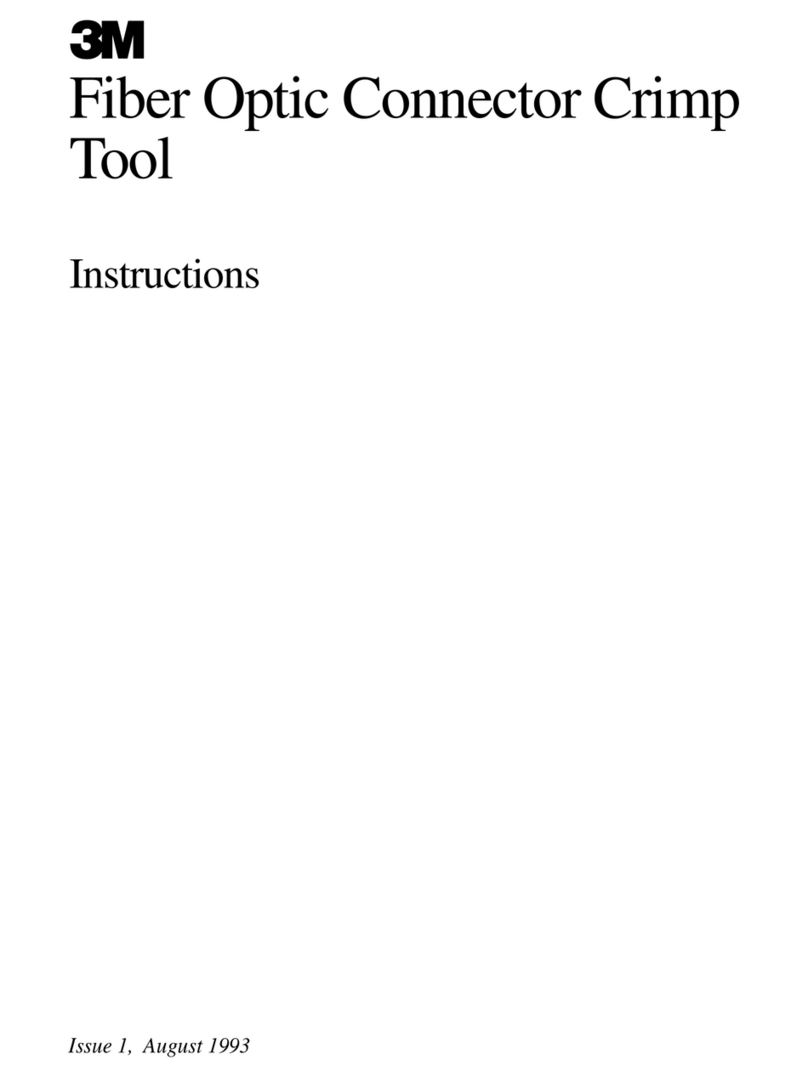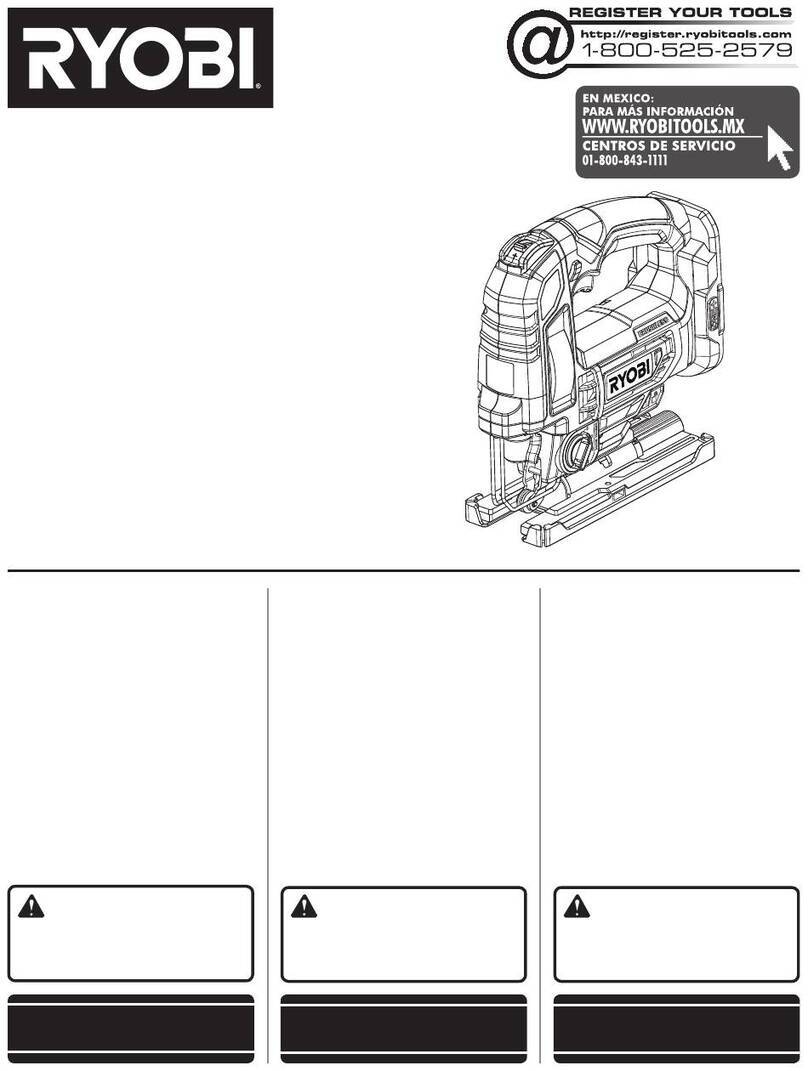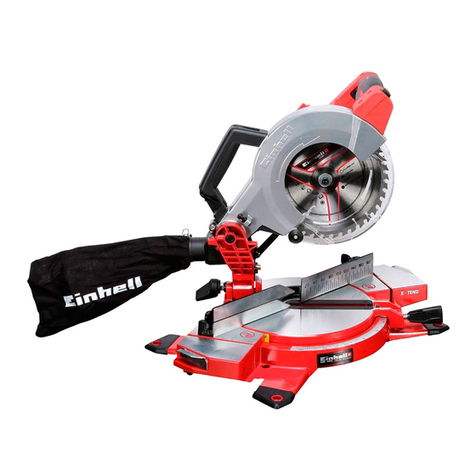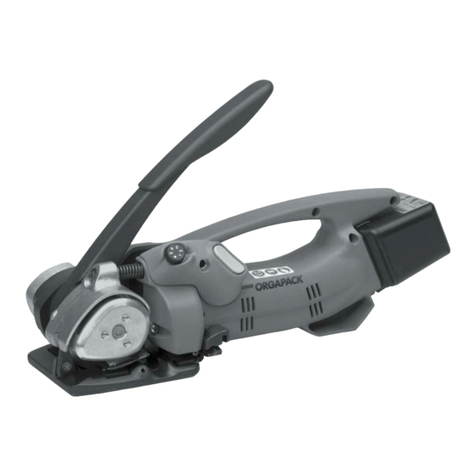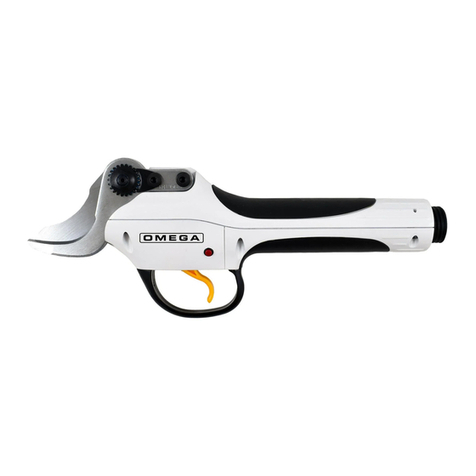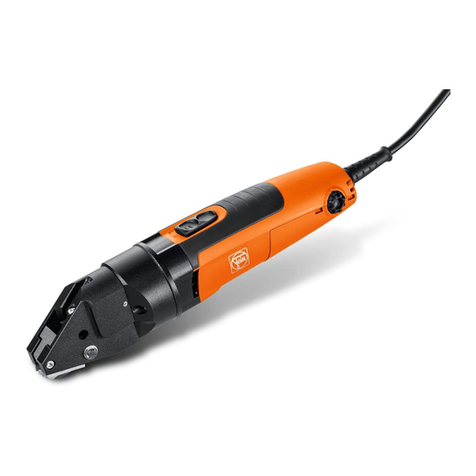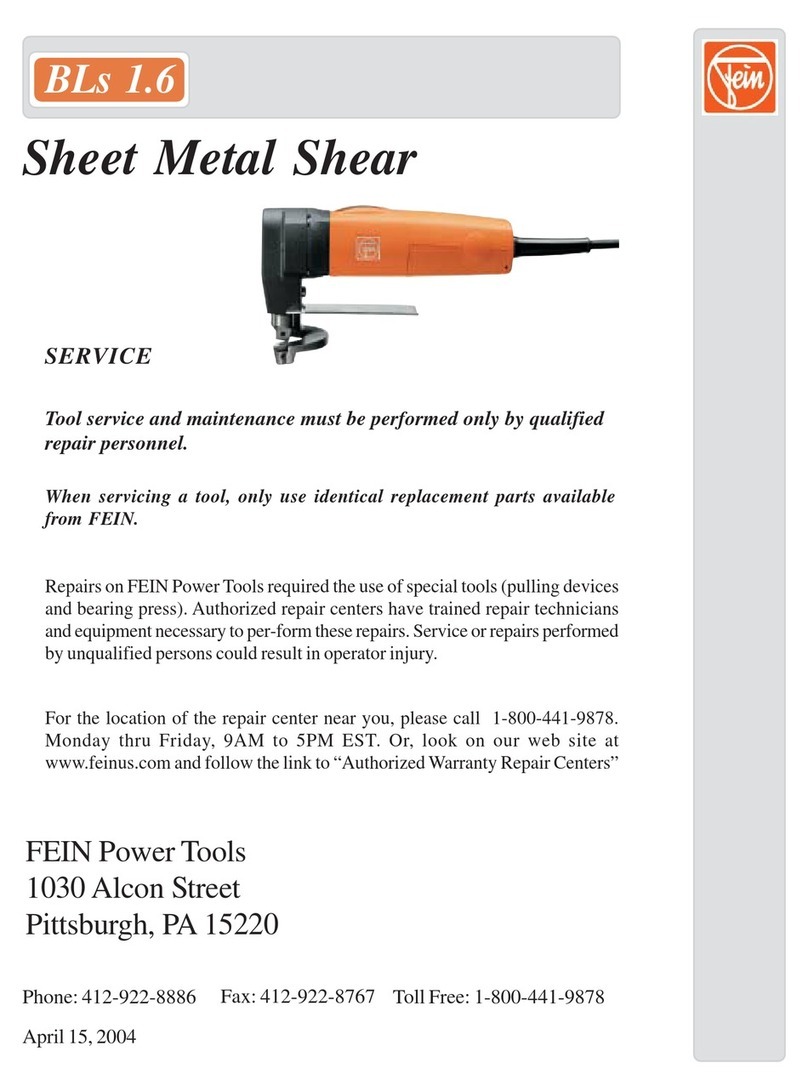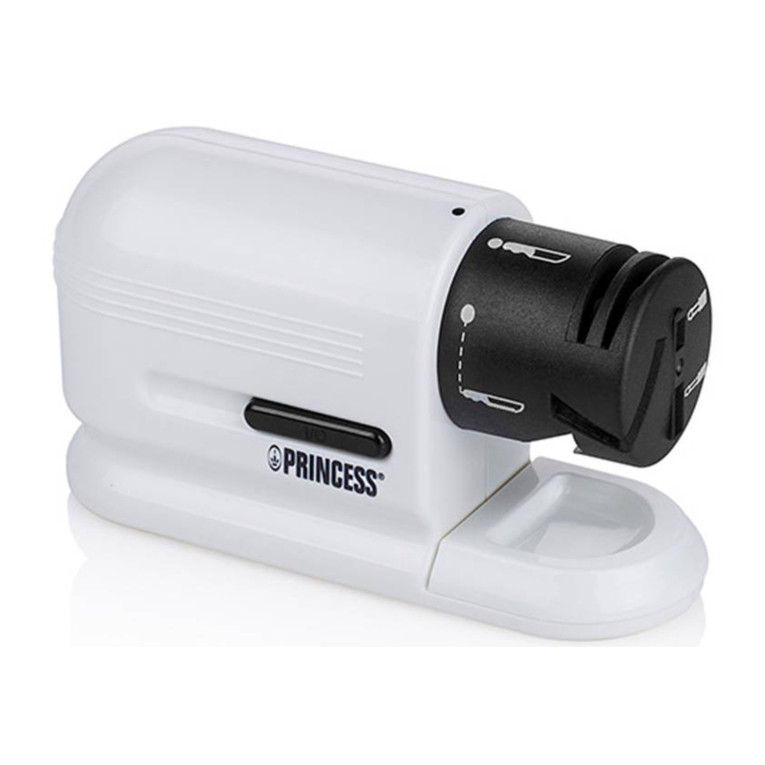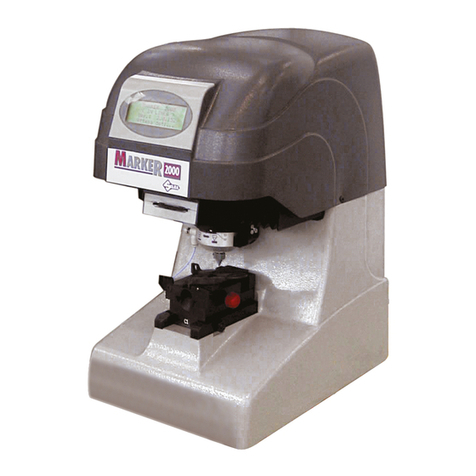
MVH150VD2 PLATE COMPACTOR • OPERATION AND PARTS MANUAL — REV. #0 (10/10/08) — PAGE 9
SAFETY INFORMATION
BATTERY SAFETY (ELECTRIC START ONLY)
DANGER
DO NOTdrop the battery. There is a possibility that the
battery will explode.
DO NOTexpose the battery to open flames,
sparks, cigarettes, etc.The battery contains
combustible gases and liquids. If these
gases and liquids come into contact with a
flame or spark, an explosion could occur.
WARNING
ALWAYSwear safety glasses when
handling the battery to avoid eye irritation.
The battery contains acids that can cause
injury to the eyes and skin.
Use well-insulated gloves when picking up
the battery.
ALWAYSkeep the battery charged. If the battery is not
charged, combustible gas will build up.
DO NOTcharge battery if frozen. Battery can explode.
When frozen, warm the battery to at least 61°F (16°C).
ALWAYSrecharge the battery in a well-ventilated
environment to avoid the risk of a dangerous concentration
of combustible gases.
If the battery liquid (dilute sulfuric acid)
comes into contact with clothing or skin,
rinse skin or clothing immediately with
plenty of water.
If the battery liquid (dilute sulfuric acid) comes into
contact with eyes, rinse eyes immediately with plenty
of water and contact the nearest doctor or hospital to
seek medical attention.
CAUTION
ALWAYSdisconnect the NEGATIVE battery terminal
before performing service on the equipment.
ALWAYSkeep battery cables in good working condition.
Repair or replace all worn cables.
TRANSPORTING SAFETY
CAUTION
NEVER allow any person or animal to stand underneath
the equipment while lifting.
NOTICE
Before lifting, make sure that the equipment parts (hoo
and vibration insulator) are not damaged and screws are
not loose or missing.
Always make sure crane or lifitng device has been
properly secured to the lifting bail (hook) of the
equipment.
ALWAYSshutdown engine before transporting.
NEVERlift the equipment while the engine is running.
Tighten fuel tank cap securely and close fuel cock to
prevent fuel from spilling.
Use adequate lifting cable (wire or rope) of sufficient
strength.
Use one point suspension hook and lift straight
upwards.
DO NOTlift machine to unnecessary heights.
ALWAYStie down equipment during transport by
securing the equipment with rope.
ENVIRONMENTAL SAFETY
NOTICE
Dispose of hazardous waste properly.
Examples of potentially hazardous waste
are used motor oil, fuel and fuel filters.
DO NOTuse food or plastic containers to dispose of
hazardous waste.
DO NOTpour waste, oil or fuel directly onto the ground,
down a drain or into any water source.


